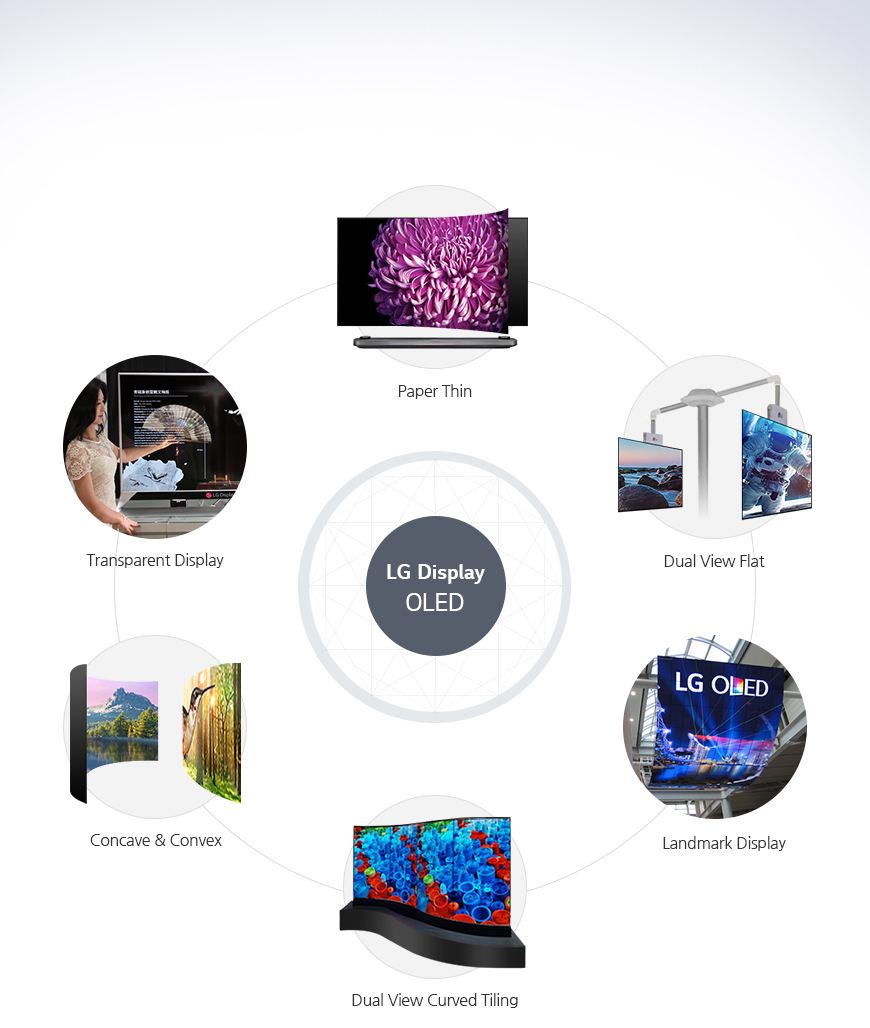What are OLED and the applications for OLED?

Organic Light-Emitting Diode (OLED), also known as organic electro-laser display (OLED) and Organic Electroluminesence Display (OLED) , refers to a luminescence phenomenon of organic semiconductor materials and luminescent materials driven by electric fields through carrier injection and recombination.
OLED is a device that produces electroluminescence using a multilayer organic thin film structure. It is easy to fabricate and requires only a low driving voltage. These main features make OLED stand out in applications that meet flat panel displays. OLED display is lighter and thinner than LCD, with high brightness, low power consumption, fast response, high definition, good flexibility and high luminous efficiency, which can meet consumers’ new demands for display technology.
Due to the many advantages of OLED, OLED technology is more widely used than LCD technology, and can be extended to electronic products fields, commercial fields, transportation, industrial control, and medical fields.

In the commercial field, small-sized OLED screens can be installed in POS machines, copiers, and ATM machines. Because of their flexible, thin, and anti-aging properties, OLED screens are both beautiful and practical. The large screen can be used as a business promotion screen, or can be used as an advertisement placement screen for stations, airports, etc. This is because the OLED screen has a wide viewing angle, high brightness, bright colors, and the visual effect is much better than the LCD screen.
In the field of electronic products, the most widely used OLED applications are smart phones, followed by notebooks, displays, televisions, tablets, digital cameras, etc. Because OLED displays are more colorful and can be tuned for color (different display modes). Therefore, it is very widely used in practical applications.
Need to mention a little VR technology here, LCD screen viewing VR equipment has a very serious smear, but it will be very much relieved in the OLED screen, because the OLED screen is to illuminate the light molecules, and the liquid crystal is the light liquid flow. Therefore, in 2016, the OLED screen officially surpassed the LCD screen and became the new darling of the mobile phone industry.
In the transportation field, OLED is mainly used as a display for ship, aircraft instrument, GPS, videophone, car, etc., and is mainly in small size. These areas mainly focus on the wide viewing angle performance of OLED, and the content of screen can be clearly seen even without direct view, but the LCD does not work.
In the industrial field, industries in the world today are moving towards automation and intelligence, and more and more intelligent operating systems are introduced, which has more demand for screens. Whether on touch screen or viewing display, OLEDs are more widely used than LCDs.
In the medical field, the influence of medical diagnosis and surgical screen monitoring are inseparable from the screen. In order to meet the wide field of view of medical display, the OLED screen is ‘the appropriate one.’
It can be seen that the development space of OLED display is very high, and the market potential is huge, and the future 5G will bring more applications.
